1
4
2
5
3
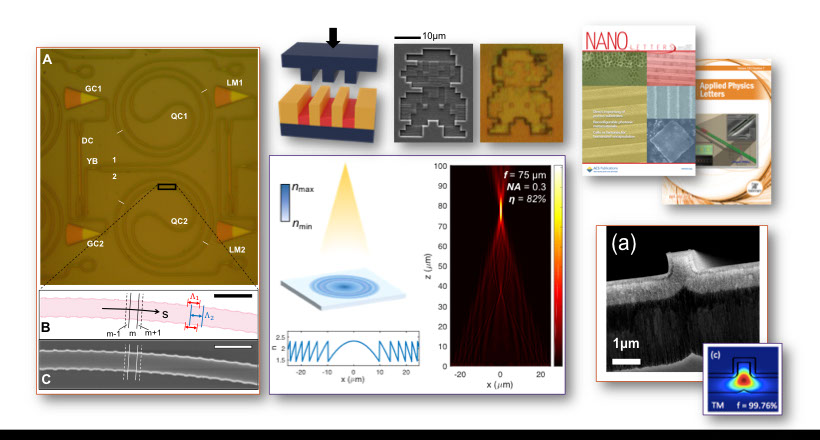
At a glance...
Our lab's efforts are focused in the field of nanophotonics. From manipulating light with nanomaterials including porous thin-films and phase-change materials, to constructing novel biosensors, novel imprint based methods for nanomanufacturing, and integrated silicon photonic devices, Dr. Ryckman's research focuses on enabling new technologies that can serve a benefit to society.
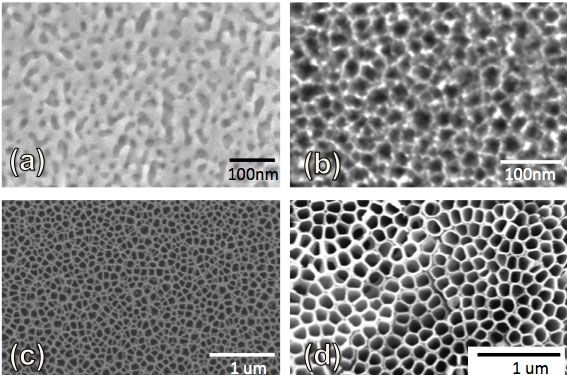
Porous nanomaterials
Dr. Ryckman's prior and ongoing research efforts include the study and application of porous nanomaterials to constuct high-performance nanostructures, photonic devices, and sensors. Examples of such material are wide ranging and include (a) nanoporous gold, (b) mesoporous silicon, (c) macroporous silicon, (d) porous titania (nanotube arrays).
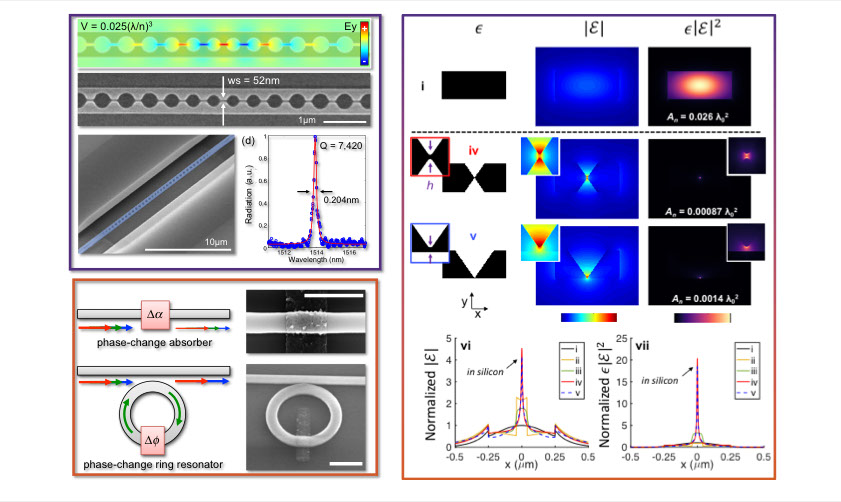
Silicon nanophotonics
Miniaturization of photonic waveguides and resonators enables record setting device sensitivities, efficiencies, and densities to be achieved -- all in a wafer-scale production compatible format. Our lab seeks to push the limit of optical components to new levels and achieve unprecedented device functionalities.
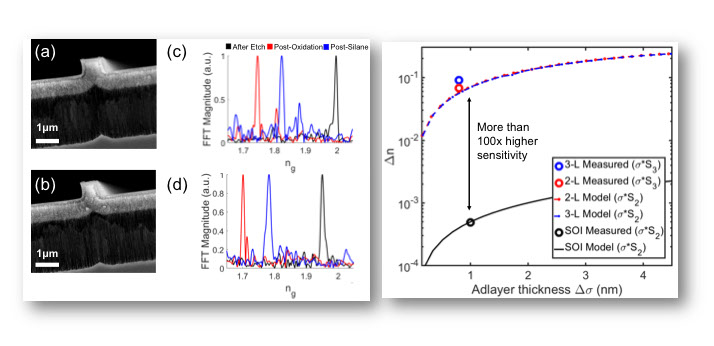
Sensing
Our work explores novel techniques for achieving ultra-sensitive, selective, and repeatable sensing of nanoscopic analytes. Such biosensing technologies are strong demand especially crucial for applications requiring high signal-to-noise ratio (SNR) detection and quantification of low concentrations of small analytes such as DNA or protein biomarkers, and small molecular or ionic environmental toxins.
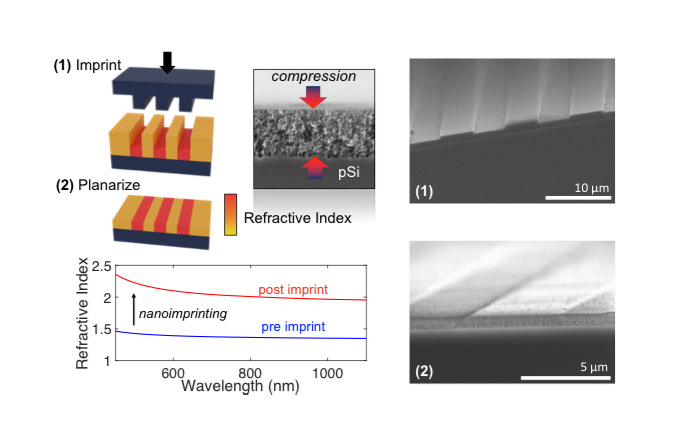
Nanoimprinting of Refractive Index (NIRI)
Novel techniques for the production of nanostructures, such as direct imprinting, can enable previously unobtainable devices and capabilities to be realized - at a transformational low cost. Such techniques present new opportunities to construct advanced devices which can benefit areas of biomedicine, home-land security, food-safety, and consumer opto-electronics.


